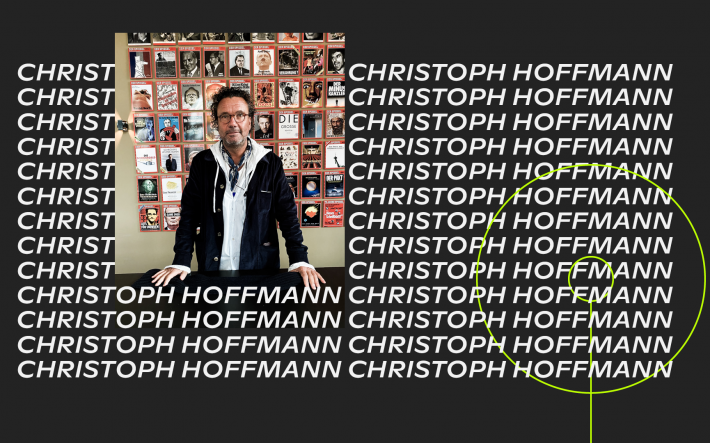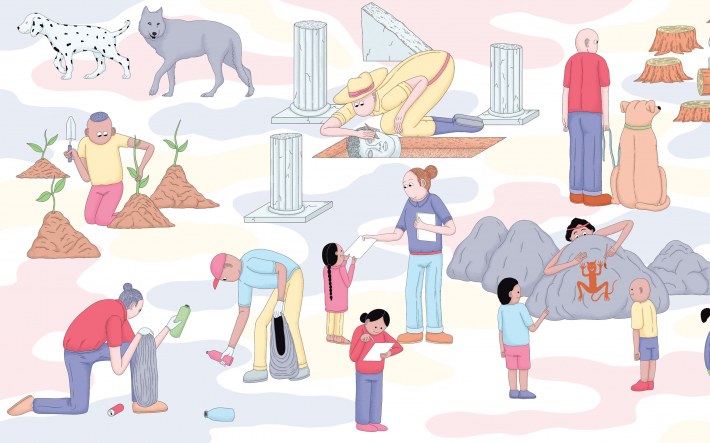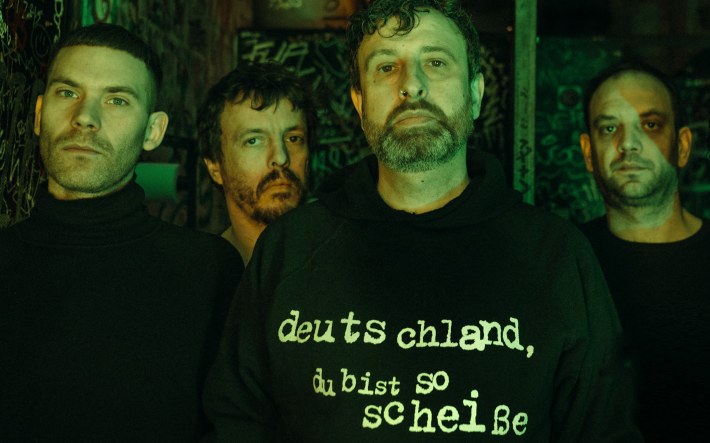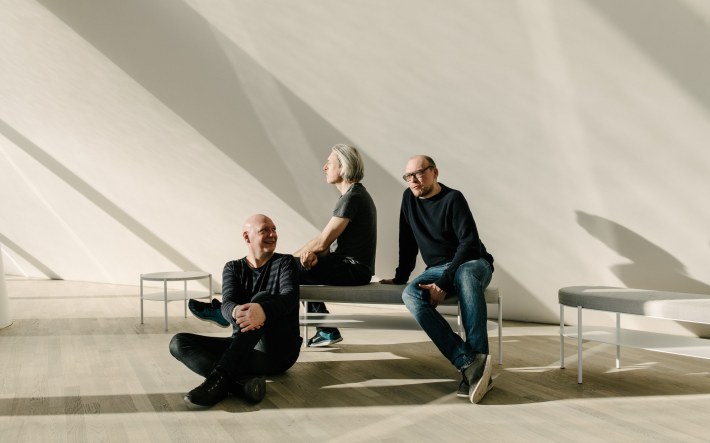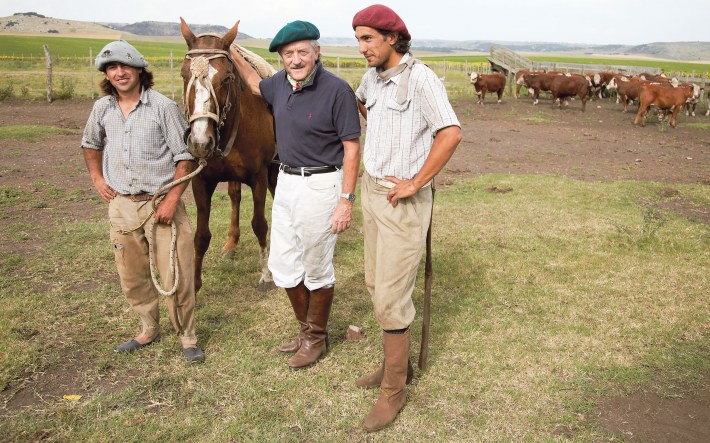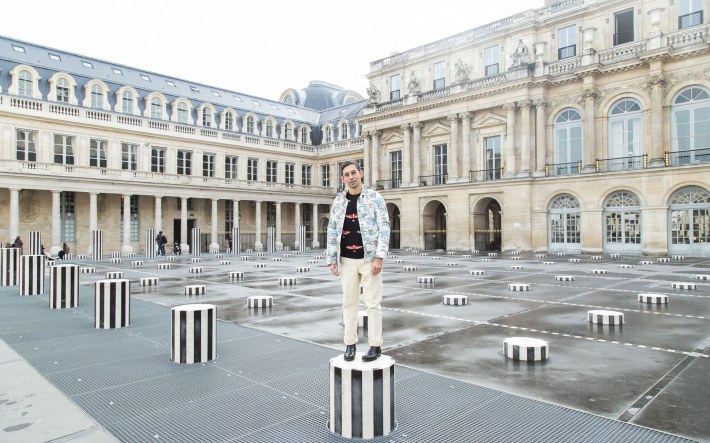Paris Gare du Nord
A Column on Suburban Life in Urban Neighbourhoods
Train stations get a bad rap. They seem to embody everything that people dislike and fear in cities — chaos, unpredictability, loitering men, homelessness, drugs, pickpockets. The list goes on. The Gare du Nord in Paris’s 10th arrondissement tends to be viewed through the lens of these stereotypes despite the fact that it hides what makes this part of Paris so vibrant. The Gare du Nord is not just any train station — it is the most used station in Europe, with approximately half a million people passing through it on a typical day.
Although many of those people never leave the confines of the station and its labyrinthine network of passageways and platforms, a large number flood the streets and neighbourhoods around the station every day. Who are they? Where are they coming from? What are they doing? And where are they headed?
The people who venture out into the area around the Gare du Nord, most of whom come from the suburbs of Paris, are not only passing through on their way to another destination. They are also the people who make the neighbourhoods around the Gare du Nord tick. Though the majority of them do not live there, these people run the shops, fill the cafés, and keep businesses paying their bills. They lie at the core of these communities.
Although over 2.2 million people live in Paris proper, almost 10 million live in its suburbs, a number that has grown substantially since the end of World War II. These suburbanites have an outsized impact on day-to-day life in Paris — despite not calling the city home, they spend their days there, spend their money there, meet their friends there, laugh there, and fall in love there.
The neighbourhoods located around the Gare du Nord in the 10th and 18th arrondissements — La Goutte d’Or, Château Rouge, the Faubourg Saint-Denis, La Chapelle, among others — exist thanks to these people who enter Paris through the train station. It is telling that on the rare days of train strikes, when the suburban RER trains are fully shut down, the majority of the businesses in these neighbourhoods are shuttered.
In this sense, the Gare du Nord is not just a pole of attraction, a focal point of Paris’s transportation system, but the heart that is pumping blood into its surrounding neighbourhoods all day and all night. Without the train station, these neighbourhoods would not function as they currently do and the communities of people who populate them would not be present.
The major Sri Lankan Tamil community just flanking the train station along rue du Faubourg Saint-Denis in the La Chapelle neighbourhood, for example, would most likely be located closer to another major train station if the Gare du Nord was not present. The members of this community live scattered throughout the Paris region and are able to participate in the vibrant life of markets, clothing shops, Kollywood DVD shops, dosa joints, and countless other local institutions thanks to the ease of access near the station. In many ways, La Chapelle is their home, despite the fact that their beds lie elsewhere — at least a train or bus ride away.
The same goes for the other neighbourhoods surrounding the station, whether their communities are tied to ethno-national identities or are more diverse, with people of multiple backgrounds and cultures. Daily life in one after another of these neighbourhoods is shaped by community members who transit through the Gare du Nord every day.
That is why I chose to write a book about the people who lie at the core of community life near the train station. In ‘Portraits of the Gare du Nord’, I tell the stories of 15 people who participate in the life of the station and its surrounding areas, alongside beautiful photographs by Juliette Abitbol and Edouard Sanville. The people we selected — Nono, who runs Restaurant La Ferme; Nathalie, the only woman who works to connect and disconnect trains that arrive at the Gare du Nord; Jocelyn, the Congolese dandy who designs clothing for sapeurs — make these neighbourhoods sing simply by being themselves and making a living.
By telling their stories and looking closely at how they use the area around the Gare du Nord, we hope to demystify the ways people use these neighbourhoods and bring clarity to these complex urban spaces. The stories seek to shed light on what has brought people to this part of Paris and why they love these spaces of the city.
This brings us back to the negative impression people tend to have toward the areas near train stations. People’s traditional fear of busy neighbourhoods in cities has rapidly diminished in recent decades. Still, train stations often remain undesirable because they tend not to become gentrified like other busy urban neighbourhoods. They resist the trendy cafés and luxury shops that fill parts of the city that are often close by but slightly calmer, less rough around the edges.
Busy train stations resist this gentrification because the people who enter the city through them are a powerful economic force by their sheer numbers. At Gare du Nord, suburban commuters, travellers from the rest of France, and international visitors arriving on the Eurostar, Thalys, or even via the Paris airports all pour on to its surrounding neighbourhoods. Even the increasingly wealthy people who live in the apartments above the streets cannot defeat the economy that the users of the streets bring with them. The train station and its passengers rule this part of Paris, making it the exciting, diverse place it is and will probably remain.
---
This text is adapted from Alex Toledano’s upcoming book ‘Portraits of the Gare du Nord’, published by VISTO Press. Alex is based in Paris, not far from the train station. He wrote his Ph.D. dissertation on the roles of visitors and residents in shaping community and daily life in Parisian neighbourhoods. In working life, he is the co-founder and president of VISTO Images, an art consulting firm whose clients include 25hours Hotel Terminus Nord in Paris. ‘Portraits of the Gare du Nord’ will be featured in every room of the hotel, introducing guests to this complex, exciting neighbourhood.




